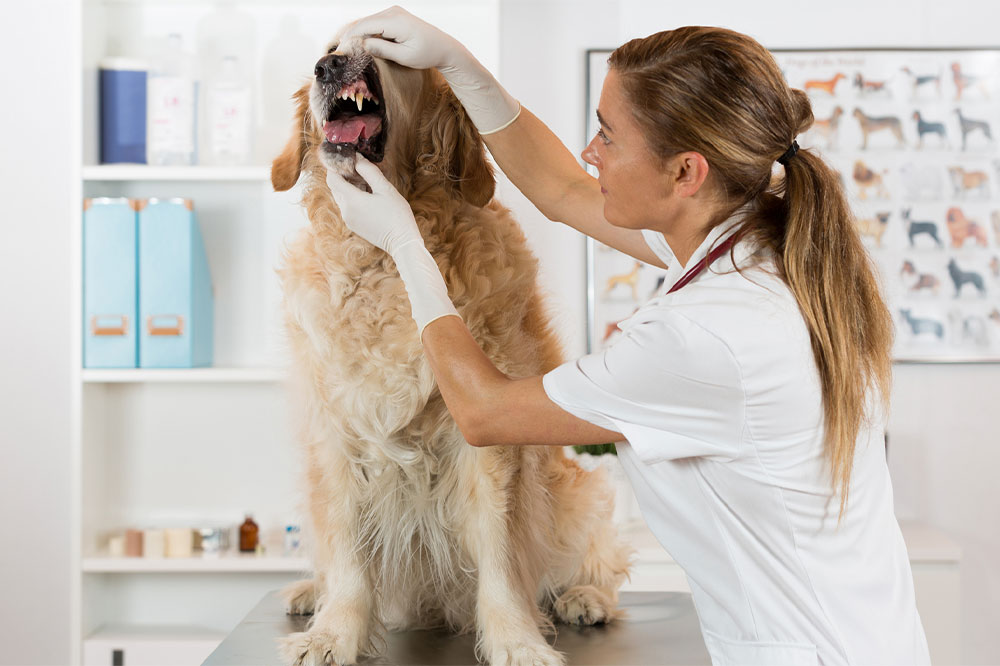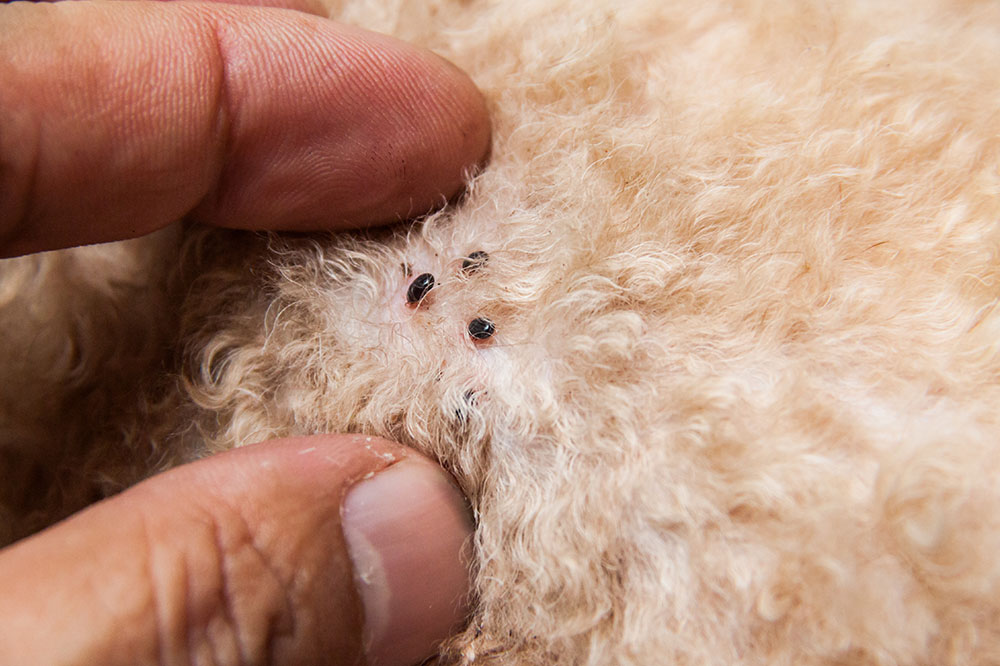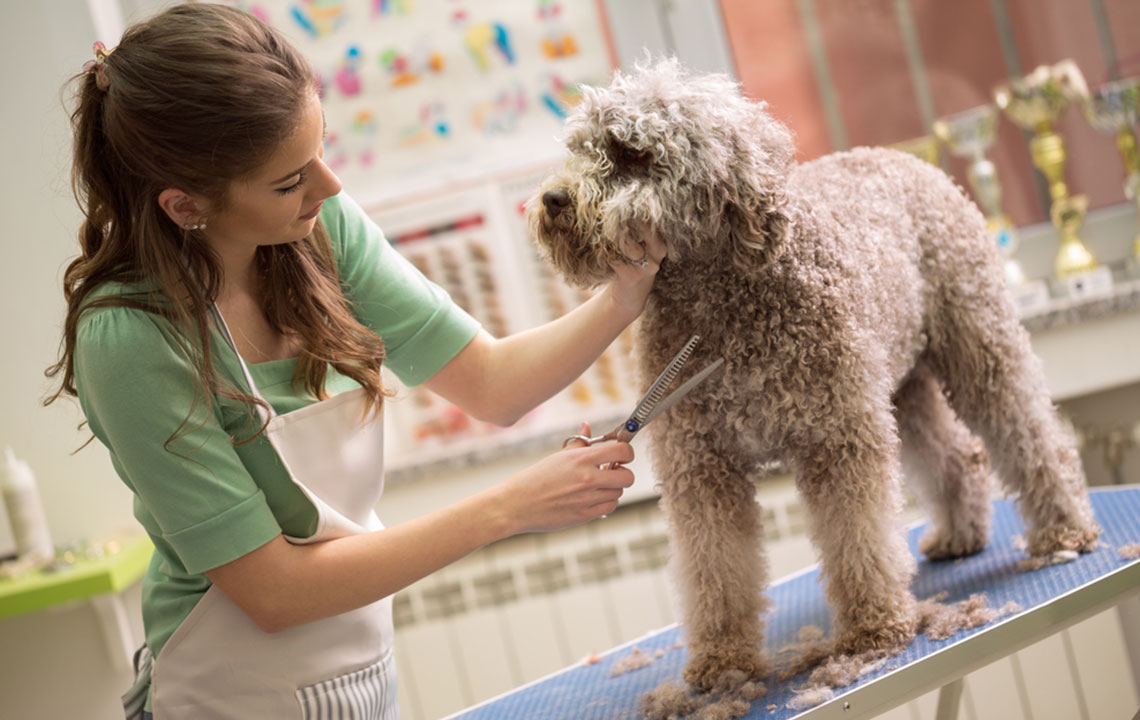Natural Ways to Ease Your Dog's Pain at Home
Discover safe, natural ways to soothe your dog's pain at home. From heat therapy and gentle massages to diet modifications and natural supplements, these vet-approved remedies can help alleviate discomfort. Always consult a veterinarian for persistent issues and ensure your pet's safety. These holistic approaches promote recovery and improve your dog’s quality of life, making pain management simple and effective with minimal side effects.
Natural Approaches to Alleviate Dog Pain Naturally
Ensuring our furry friends enjoy a long, healthy, pain-free life is a common goal. Dogs can experience significant discomfort from various ailments like joint issues, nerve damage, or skin and respiratory conditions. Finding effective pain relief can be tricky, but always seek veterinary advice for proper diagnosis first.
Recognize Signs of Discomfort
Before administering any remedies, it's important to observe signs of pain:
Limping, rapid panting, or distress sounds
Sudden withdrawal, irritability, or aggression
Frequent licking of joints or sore area
Difficulty walking, lying down, or reluctance to play
Swollen, red, or tender areas
Altered sleeping and eating habits
Excessive salivation and lowered tail posture
If your dog shows any of these symptoms, consult a veterinarian promptly.

Once you've identified your pet's condition, consider these natural pain relief methods.
Side-effect-free home remedies for quick relief
Natural solutions can alleviate mild to moderate pain, especially when issues stem from gastrointestinal problems like diarrhea or skin irritation such as dermatitis. These remedies are vet-approved and safe.
Apply heat or cold packs
Alternating cold and hot compresses effectively reduce muscle soreness and joint stiffness—comparable to conventional treatments. Wrap packs in a towel and gently apply to the affected area for relief.
Gentle massage on inflamed or painful regions can promote circulation and speed healing, particularly in older dogs with joint issues or neurological problems like facial paralysis. Use circular motions to ease inflammation.
Supplements rich in vitamins and minerals can benefit aging dogs with arthritis by minimizing joint inflammation. A balanced diet and appropriate care improve mobility and alleviate discomfort.
Maintaining an ideal weight reduces joint strain and prevents injuries. Regularly monitor your dog's weight to lessen pain in legs and back, promoting faster recovery.
Holistic therapies such as hydrotherapy (warm water swims) offer effective, side-effect-free pain relief options. These sessions improve muscle function and joint health without medication.
Incorporate natural anti-inflammatory ingredients like ginger and turmeric into your dog's diet. Their antioxidant properties can help ease osteoarthritis pain naturally. Use supplements or add freshly grated ginger or turmeric to meals.
Engage in low-impact exercises like daily walks to support joint health and prevent chronic pain. Consult your vet to tailor suitable activity levels for your dog.
Dietary adjustments also help manage inflammation. Reduce processed meats and switch to nutritious, easy-to-digest foods such as vegetables, fruits, and mushrooms, which aid recovery after injury or surgery.
Always consult a veterinarian before administering any pain treatment to avoid adverse effects. Natural remedies are a good first step, but persistent pain may require prescription NSAIDs. Using these approaches, under vet supervision, can effectively manage your dog’s discomfort. Monitor for any side effects and seek veterinary care immediately if they occur.










